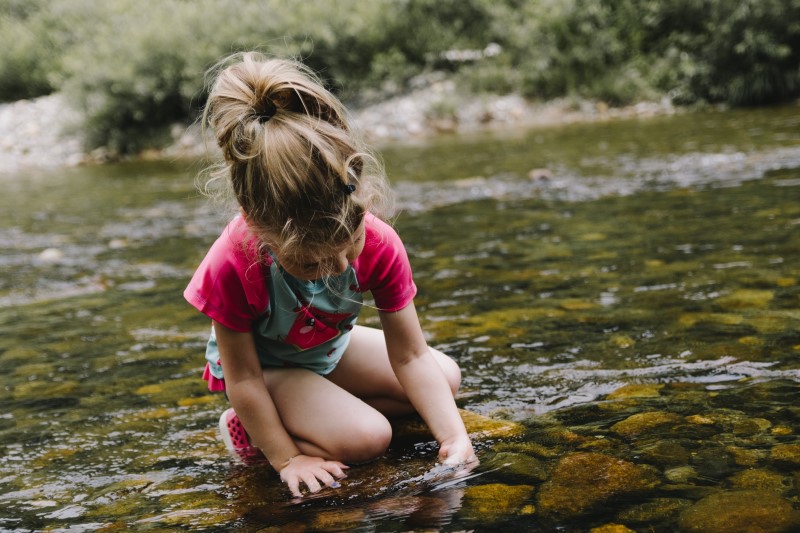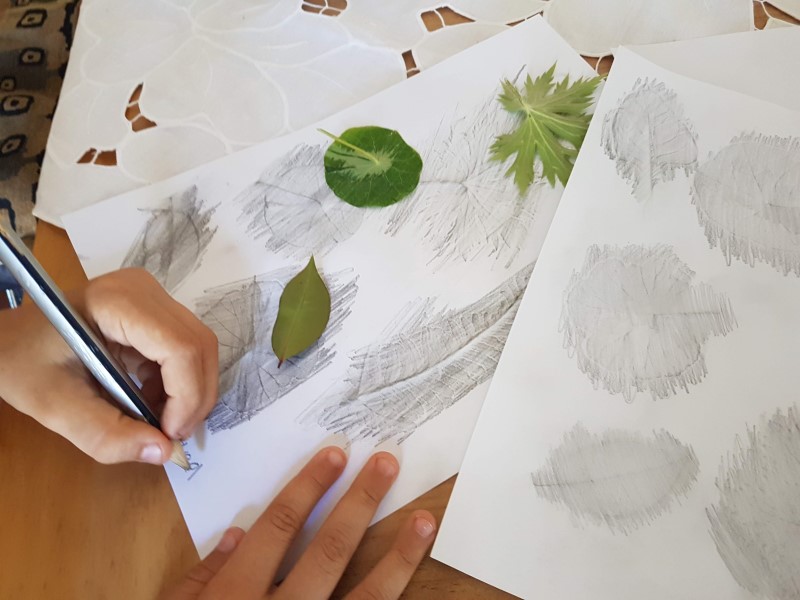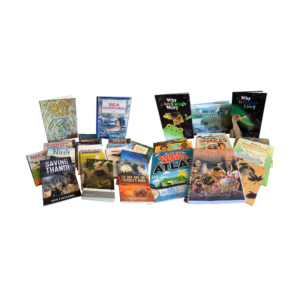What do you need for nature study? How do you fit it into your already busy week?

Time in nature is an integral part of a Charlotte Mason-style education, but how do you fit that into your busy life?
If introducing nature study is a priority, then you will have to schedule this into your week. We recommend that you do your regular academic activities and reading aloud on four days of the week. Keep the fifth day as a ‘lite day’ and schedule nature study, outings and other practical learning activities on this day of the week.
When and how to do nature study
It doesn’t matter if you have never purposefully done nature study before. Simply go outside together at least once a week, with the intention of observing.
As with all new things that you introduce into your home life, add nature study in baby steps. Start with small goals and gradually extend your expectations as your children become more trained in this discipline.
Children thrive by spending many hours out of doors and during this time much learning and development occurs. However, nature study is a time for focused attention, usually directed towards something specific by the parent. The goal is to cultivate a love of investigation.
“Let them once get in touch with nature and a habit is formed which will be a source of delight and habit through life…” wrote Charlotte Mason.
This focused time should be scheduled for 20-45 minutes including, or followed by, an entry in your nature journals. Adjust this time if you have smaller children with shorter attention spans.
Keeping your children’s nature study supplies packed and ready in a backpack also means that you are ready to go anytime. In addition to Footprints Nature Quest, you will need the following:
- Field guide books or apps
- Nature journals and art supplies for each person
- Optional additional tools: magnifying glass, binoculars, mobile phone or camera

Plan your Footprints Nature Quest week but be flexible
We recommend that you read a portion of the stories included in the Footprints Nature Quest programme aloud together daily, on four days of the week. They are brimming with information about each area of the country you will study. Read them at your own pace.
At the same time, read a section of the information in the curriculum guide or reference books each day that further explains the richness of each biome. The stories help to captivate your children and get them engaged in the topic of study. The guide provides the background information to give it more context.
On the fifth day of the week, you can enjoy time out of doors observing, drawing, studying things in nature or having fun learning together on a related field trip.
You can do this!
-
 Footprints Nature Quest Classic PackR8 015.00
Footprints Nature Quest Classic PackR8 015.00
Up next: What is a nature journal and what do you do in it?
Sign up below and get these articles one-by-one via email
Sign up for a series of quick emails to help you implement a Charlotte Mason-style nature study programme in your week, hassle-free.
